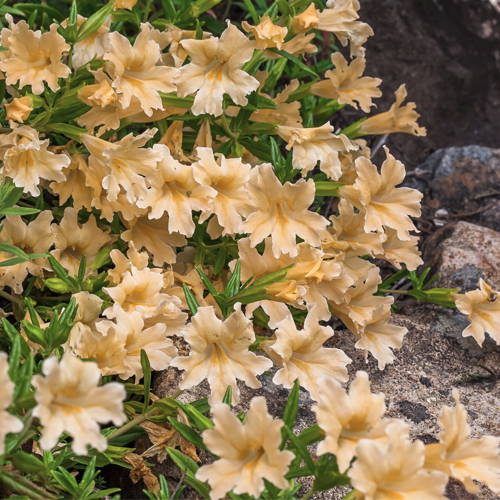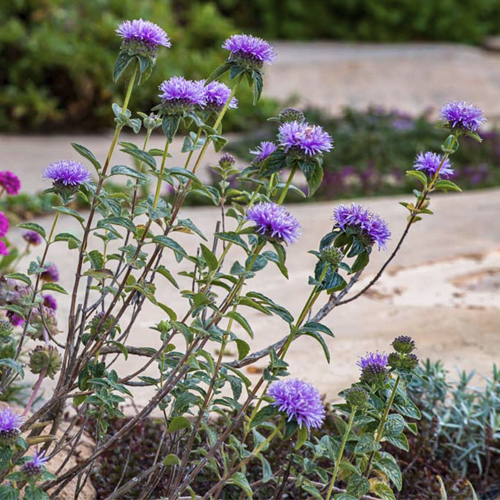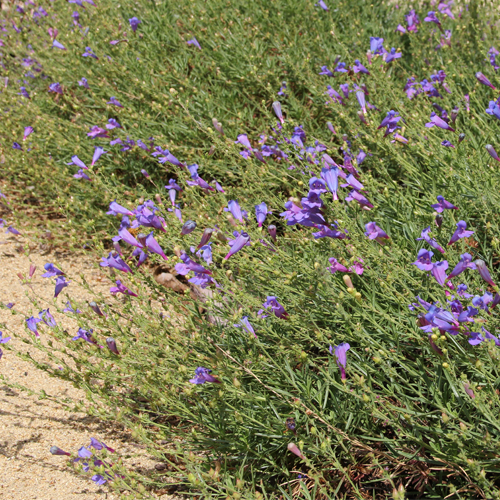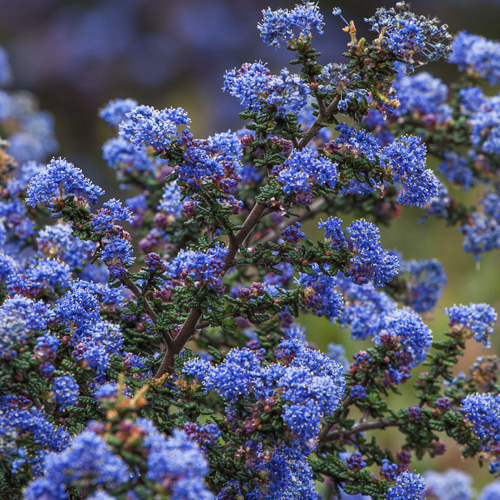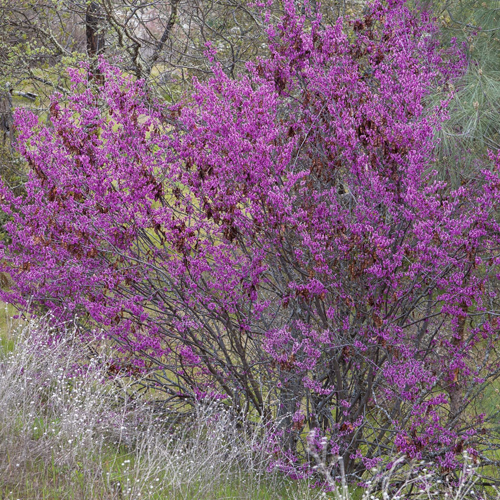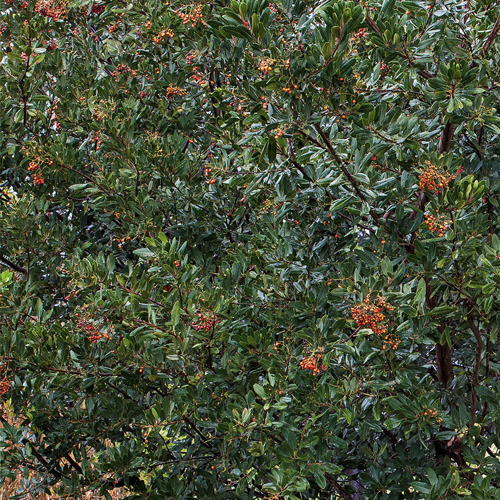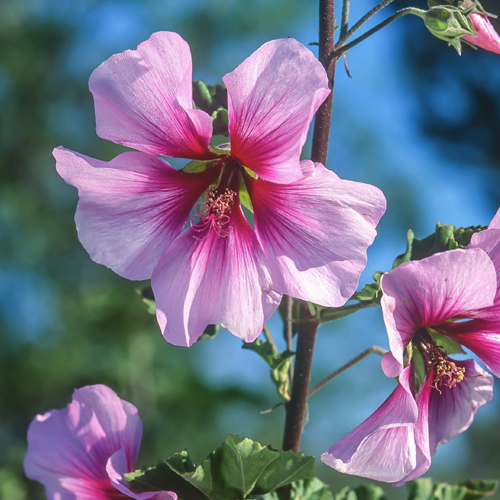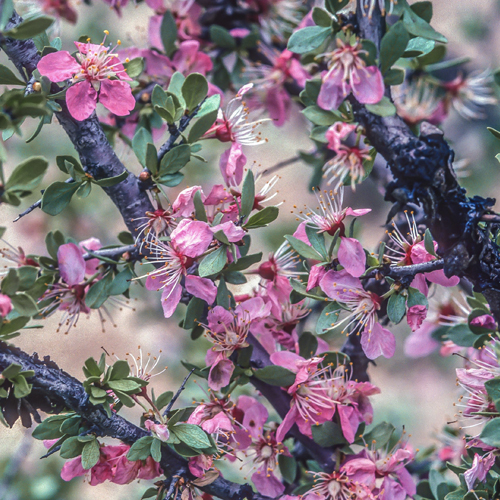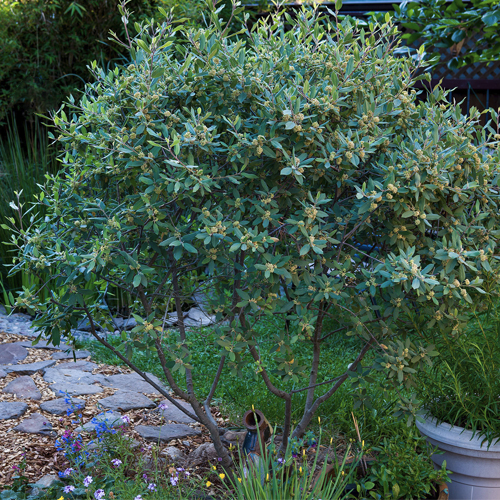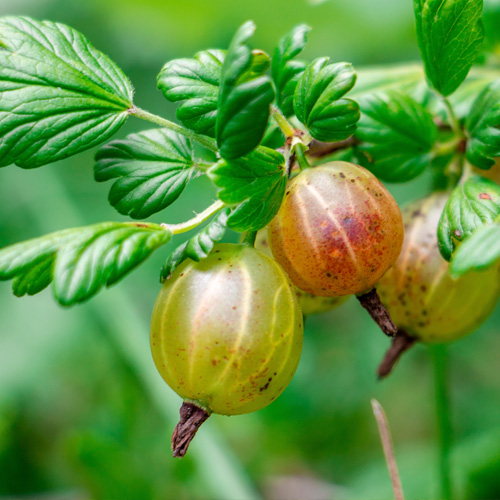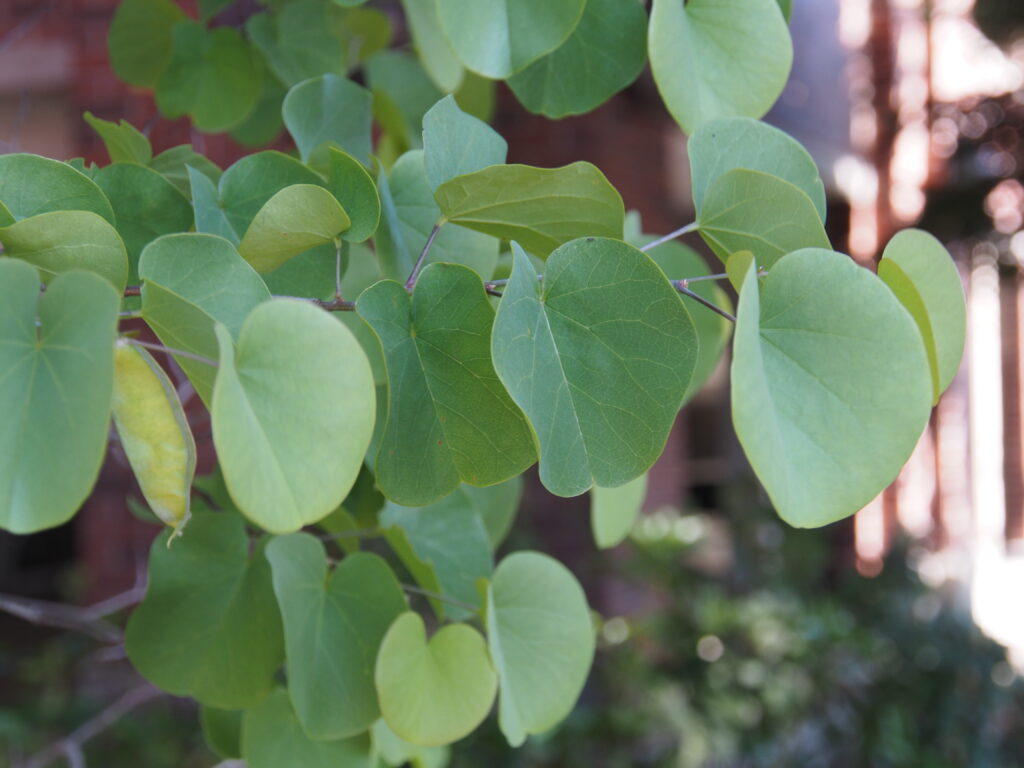PageRefuge
BACK TO FULL TOUR
Garden Features
Drought Tolerant
Edible Garden
California Natives
Pesticide Free
Sheet Mulching
Lawn Conversion
Lawn-Free Landscaping
Permeable Surfaces
Wildlife Habitat
Partner: 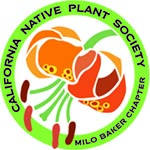
PageRefuge is the name of my garden which I began planting after I completed the sheet mulching was complete in the Fall, 2021. I hand watered the first year but now I do not believe watering will be necessary except when I put additional plants in the yard. The front, West side and back can all be available for visiting. There is a gate which I can leave open AND keep Shasta, my dog, inside. The garden area is approximately 3000+/- square feet.
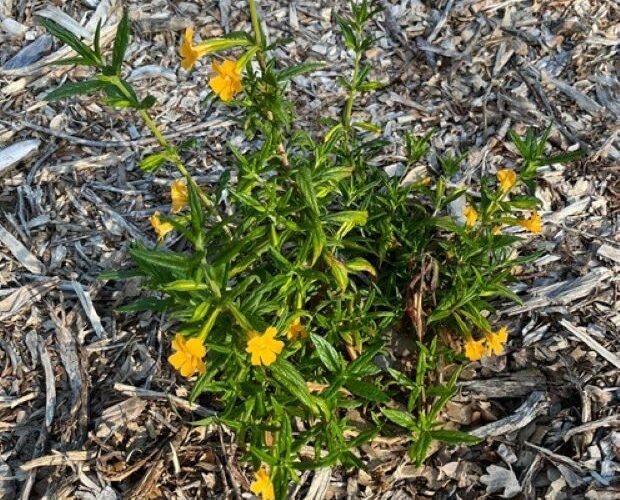
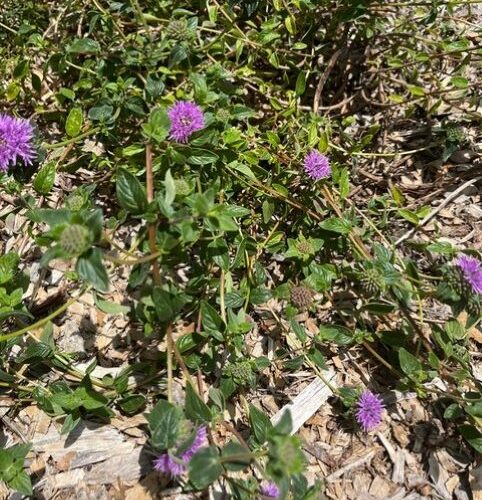
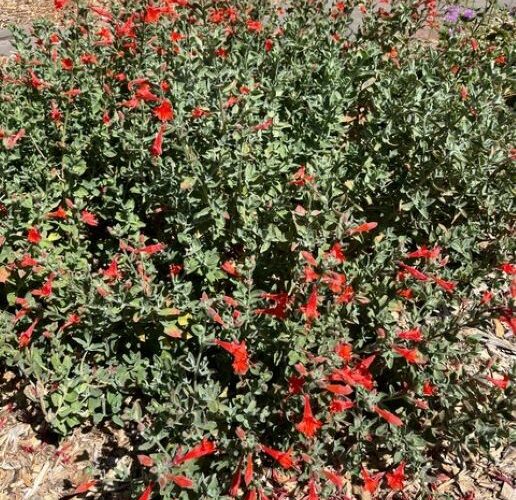
Plants in this Garden
Favorite Plants
Aristolochia
Dutchman’s Pipevine
Chilopsis linearis
Desert Willow
Cornus sericea occidententalis
‘Tomales Bay’ Western Twig Dogwood
Salvia apiana
White Sage
Styrax redivius
Snowdrop Bush
Favorite Garden Suppliers
CalFlora Nursery
2990 Somers Street Fulton
Recommended Resources
A Book of Salvias: Sages for Every Garden
Written by Betsy ClebschWildflowers of Northern California’s Wine County & North Coast Ranges
Written by Reny ParkerGardening Tips
Take out your lawn.
Take out your lawn which is easily done by sheet mulching with a thick layer of cardboard then 10 to 12” of wood chips which you can usually get for free or a nominal fee from companies that cut down and chips trees, plant natives (once established these will require no water during the hot months) in the Fall to allow for maximum root growth.
Frequent your local California Native Plant Society’s plant sales
